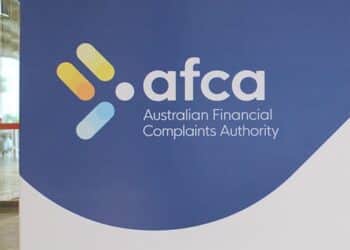Data released in the Adviser Ratings in its Australian Financial Advice Landscape report shed light on the fact that many advice practices do not have succession plans in place. Specifically, 40 per cent have no nominated successor to their practice and are not looking, with an additional 30 per cent realising they need a successor but have not started looking.
Only 13 per cent of practices are looking for a successor, with 17 per cent actually having one.
For Peter Fysh, principal at Financial Planning & Succession, a lack of attention to succession from Australian Financial Services (AFS) licensees is a core driver of this.
“Succession planning is typically not properly addressed, if at all, by AFSLs under which the adviser is licensed,” Fysh said.
“[This] helps to explain the [Adviser Ratings] statistics, as it is not a priority of the AFSL management, who are more focused on other issues such as compliance and growing revenue.”
NAB’s Professional Services report, released in July, also identified succession planning as an area of operations many advice firms have not addressed, highlighting how increased complexity in the market means sound succession planning is vital.
“Succession planning has become more complex in financial advice over the past five–10 years as firms have grown significantly in size and value,” NAB executive of professional services Kate Bain told ifa at the time.
“What was once a collection of small practices has evolved due to rising regulatory and compliance demands with the increasing need to create scale to have a successful business.”
Poor succession planning also means advice businesses will not be shielded from life events that may force a principal to have to leave a practice. Fysh highlighted what are referred to as the “Ds” – death, disability, debt, divorce and disillusionment – with the industry.
“Most of these are outside the principal’s control and as such requires planning ahead so that there is an orderly transition of the business in the event any of these suddenly occur,” he said.
For Fysh, one of the biggest issues in succession is “principal dependency”, when a firm becomes overly reliant on its principal practitioner.
“Ideally, responsibilities for running the business should be delegated to others to allow the principal to focus on giving advice. In reality, this doesn’t always happen,” Fysh said.
If a practice is overly reliant on its principal adviser, it could signal to any potential buyers that there is unlikely to be well established succession planning and delegation. As Fysh highlighted, this could mean bringing in a successor from outside the business, something that may be against the original founder’s desires for the company.
“The test is if the principal can take two-three weeks off or longer, and the business runs well despite their absence.”



